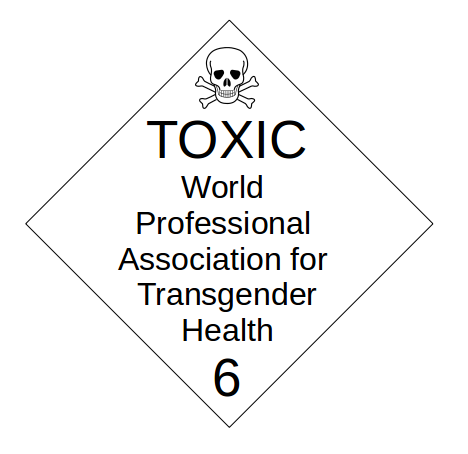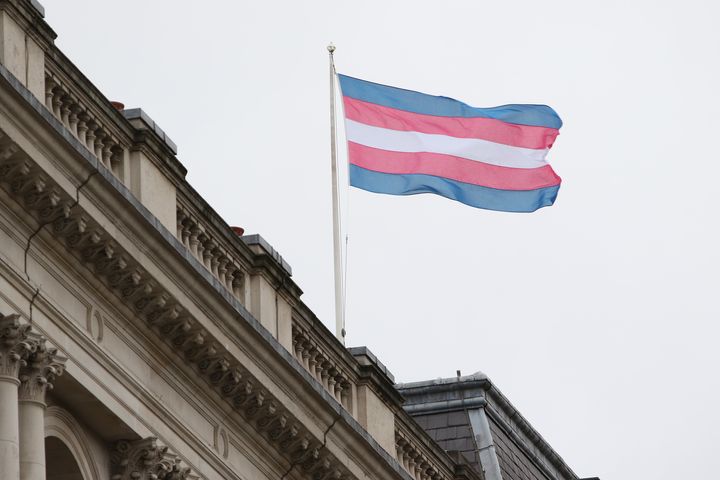Is Pedophilia Really Hard-wired Into the Brain?
..countries with child marriage would be full of oddly wired brains then.

This article was first published in 2015 at the Centre for Research on Families and Relationships at University of Edinburgh blog and has been republished here with the author's approval.
Last week, a major study by the Office of the Children’s Commissioner in England into intrafamilial childhood sexual abuse estimated that only one in eight children who are sexually abused are identified by professionals. This study calls for a range of urgent actions to improve prevention and early identification of child sexual abuse (CSA) and the support given to victims. Its recommendations merit close reading by everyone, including policymakers, concerned about tackling and reducing CSA.
Yet its findings were overshadowed by the largely uncritical popularization in broadcast, print and online media, by Professor Tanya Byron and others, of a theory on the causes of pedophilia which does not feature in that report. The report became a “peg” on which to hang a theory which, it turns out, has a noticeable lack of promotion in peer-reviewed journals.
Are child abusers short, left-handed, dim and cross-wired?
Dr James Cantor found from his 2008 study with, and about, child sex offenders using MRI imaging that a sample of pedophiles (convicted of offenses with pre-adolescents) had less white matter—the connective tissue that carries messages to other parts of the brain—than other types of criminal offenders. He believes a range of evidence suggests that pedophilia results from atypical wiring in the brain. Using other collected data, he finds they are more likely to be left handed, shorter in stature and lower in measured intelligence than average in the population. He believes pedophilic sexual orientation is hard-wired into the brain, and may be a fixed sexuality at birth—“core to our being.”
There are many problems about such a theory and its popularization. Only a small percentage of child sex offenders is identified and even fewer convicted, thus these will be doubtfully representative. Many crimes of convicted sex offenders will remain unrevealed. The MRI scan study was reported as done before the huge numbers of educated, often intelligent middle class men viewing child abuse images online were fully realized. Some broader findings on pedophiles’ characteristics appeared to include research from as far back as the 1930s, when overwhelmingly those convicted of sex crimes would be the poor and stigmatized—likely to appear lower on IQ tests, and smaller in growth than average.
The greatest problem about this theory is that it divorces the behavior of child sex abusers from the impact of beliefs, values, institutions and power relations throughout the wider society. Hence it appealingly divorces governments, institutions and public from the impetus to critically examine and change those features of society which allow, or encourage, CSA. Nor does it provide any explanation of why the perpetration of child sexual abuse and exploitation is so heavily gendered. Instead it reverts back towards Victorian phrenology. Finally, there may be very different reasons why the brains of a sample of convicted child sex offenders have shown certain abnormalities.
Widespread abusive practices
Is child sexual abuse really about individual deviancy? Consider for instance widespread, prolonged abuses of children as young as 11, in Britain in this 21st century—including multiple rapes and extreme physical brutality, as the Jay Report demonstrated—in towns such as Rochdale, Rotherham and Oxford. Those towns may have been home to concentrations of left-handed men with odd brain-wiring. Alternatively, abuse may have happened and continued for many years because disparaging, contemptuous beliefs about vulnerable girls by their perpetrators were shared by protective agencies, who considered the girls delinquents, “slags” and freely-choosing child prostitutes.
Consider for instance the international practice of child marriage which remains widespread, particularly in parts of Africa, the Middle East and the Indian subcontinent. There are worldwide campaigns against this practice, on behalf of girls. Are men sexually attracted to very young girls because in some countries far more of them than in neighboring countries are short and unintelligent with oddly-wired brains: or through factors such as powerful religious and cultural beliefs, the inferior position of women and girls in that society, dowry and bride-price issues, pressures of family poverty, violent abuses in war and forced migration?
Supporters of the Cantor theory may reply that most “child brides” are post-pubertal (although a high percentage are under 15) while they refer to abusers of prepubertal children. However, not only are many prepubertal girls indeed forced into child marriage, but the rigid distinctions and classifications attempted of sex offenders, e.g. as pedophiles, hebephiles, intra- or extra-familial offenders and so on, are only maintained by ignoring the experience provided over decades to researchers and support services by abuse survivors themselves. They reveal an extremely common pattern of being abused well before puberty and continuing to be in the teenage years, by perpetrators who also abused others, and who continued to have sexual relations with adults.
A different reason for brain changes?
If the sample of pedophiles (apparently only about 65 men) showed slight changes in “brain-wiring” from non-pedophiles through modern MRI imaging techniques, perhaps the reason lies in a very different place from the womb. It may lie in neurobiological advances in understanding effects of prolonged early childhood trauma, on parts of the developing brain and central nervous system.
While it cannot be stressed strongly enough that most sexually abused men and women do not go on to abuse others (despite damaging myths to the contrary), a few do. Research and practice repeatedly find victim-perpetrators in the most prolific forms, such as repetitive predation on numerous young boys, and particularly violent, hostile or unusual forms of abuse against women and children: including assault of babies and toddlers, with its own industry of online abuse images. For instance, Hilton and Mezey (1996) found the severity of secure hospital patients’ abusive behavior was linked to rates of past assault. They also found, with Cohen et al. (2002) and Briggs (2003) that such perpetrators tended to abuse victims in ways and at ages which replicated and acted out their own abuse trauma.
Such findings do not mean the effects are unchangeable. Far less are they handy excuses for sexual assault. Rather, skilled trauma work within sex offender programs might reduce the danger to women and children of some survivor-offenders.
For modern neurobiological research suggests severe abuse and neglect in early life produces post-traumatic neurological influences which can, for a minority of victims, include emotional numbing and loss of ability to empathize with self or others (Creeden, 2004, Van der Kolk et al., 2005, de Zulueta, 2006). Stein (2006) challenges sex offender treatment programs to address serious childhood trauma: contending that severe trauma has created dissociated moral feeling in certain offenders. This undermines moral integration, by perpetuating the illusion that one is not morally implicated in what one does. She argues for integration of dissociated memories and emotions as the first goal of therapy.
I believe we need to search for explanations for child sexual abuse in the wider values of societies and institutions, and in the way we bring up our young people of both genders, as well as through pursuing these positive challenges to sex offender programs for survivor–offenders. Such wider approaches are likely to offer far more promise than divorcing child sex abusers’ behavior from influences within their own societies; or (through focusing on events in the womb) holding the pregnancy behavior of disadvantaged mothers responsible, yet again, for major problems in our society.
Do you care about safeguarding? Help us publish female authors who bravely expose practices harmful to children! We pay our all-female staff and writers thanks to our paid subscribers. Join today!
Enter your email below to sign in or become a 4W member and join the conversation.
(Already did this? Try refreshing the page!)




Comments